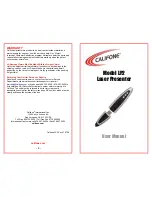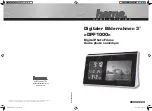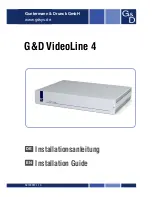
multi-frame integration on the sensor chip) which make it useful for bright conditions as
well as medium low light level applications such as fluorescence microscopy and some
forms of astrophotography. It has high spatial resolution (up to 5 megapixels) so if you
don’t want a circular field of view in your photomicrographs you can crop this down to a
filled rectangle while maintaining useful pixel resolution. It also has the ability to provide
raw YUYV output and manual control over exposure and focus which are important for
scientific image processing like Z-stacking extended focal imaging (EFI), deconvolution,
quantitative microscopy and some forms of astrophotography.
Another bonus feature is that the casing is 3D printed and the design files for the eyepiece
clamp system are available, free of charge, as open source FreeCAD files so a user with
access to 3D printing (either DIY printing or an online 3D printing service) can customise
the camera to fit a range of eyepieces and optical instruments that would not otherwise be
able to fit to the standard eyepiece clamp provided with the AF51. More will be said about
this in chapter 5 of this manual.
OptArc AF51 Camera Page 14 of 99 User Guide v1.02















































